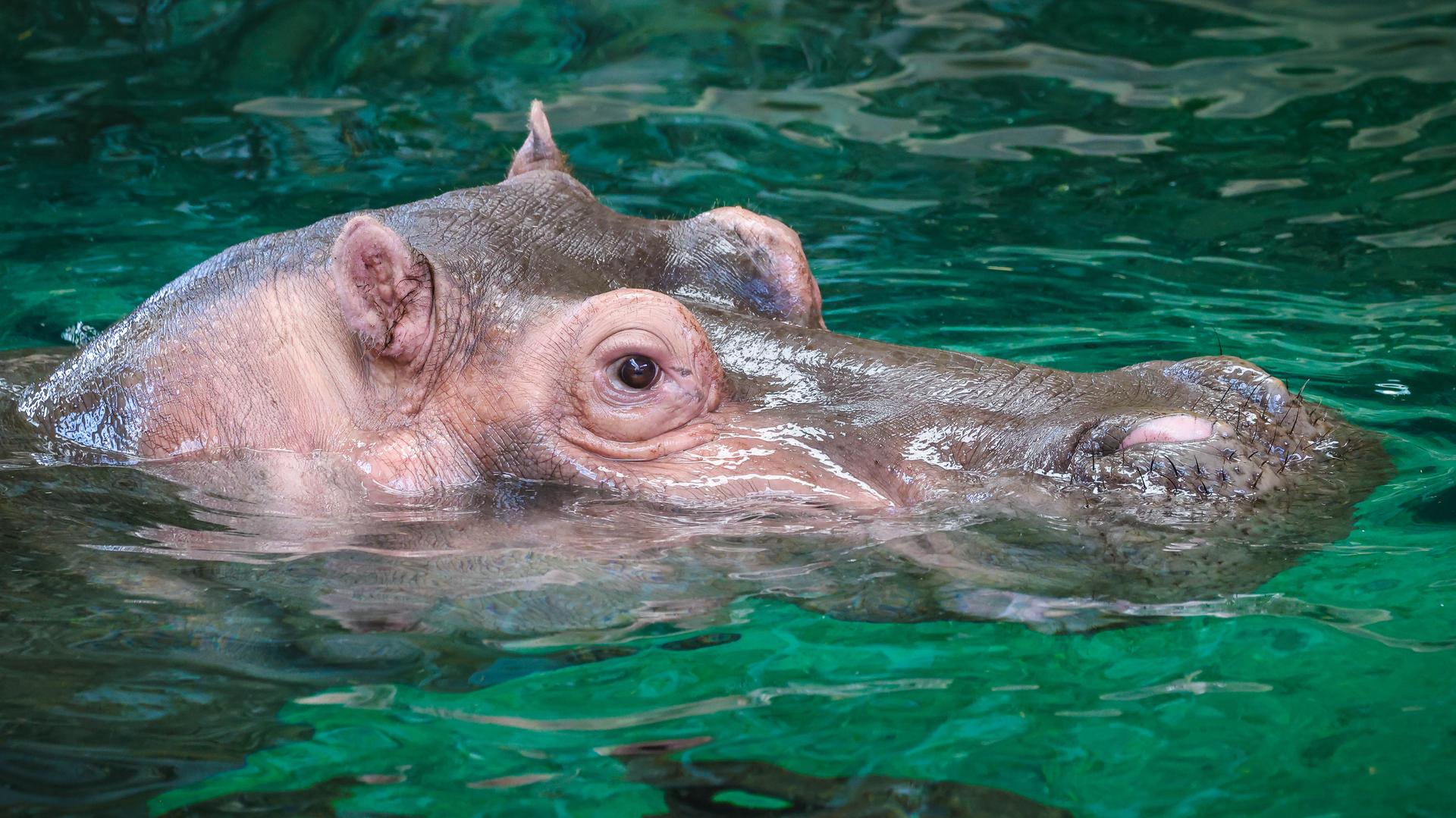Observe the unique animals of the African savannah and rainforest while being virtually toured by a knowledgeable conservation educator. Our educators will outline curricular connections specific to your student’s level. Topics may include predator-prey relationships, adaptations, conservation efforts and so much more. Species observed may include meerkats, hippopotamuses, giraffes, lions, zebras, lemurs, Malagasy boas, dwarf crocodiles, black-and-white colobus monkeys, and western lowland gorillas.
Grades: Kindergarten to grade 12
Length: 60 minutes
Program Times: 9:00 a.m., 10:30 a.m., 1:00 p.m.
Capacity: Up to 37 students
Cost: $125
Register Now
Curricular Connections
Kindergarten
- Demonstrate curiosity, interest, and a willingness to learn about the environment and community
Grade 1
- Describe some common living things and identify needs of those living things
Grade 2
- Describe the general structure and life habits of small crawling and flying animals, eg. insects, spiders, worms, slugs; apply this knowledge to interpret local species that have been observed
Grade 3
- Describe the appearances and life cycles of some common animals and identify their adaptations to different environments
- Identify requirements for animal care
Grade 4
- Recognize that human activity can lead to the production of wastes, and identify alternatives for the responsible use and disposal of materials
- Demonstrate knowledge and skills for the study, interpretation, propagation, and enhancement of plant growth
Grade 5
- Describe the living and nonliving components of a wetland ecosystem and the interactions within and among them
Grade 6
- Describe characteristics of trees and the interaction of trees with other living things in the local environment (discuss how our trees are a vital part of the animal habitats)
Grade 7
- Describe the relationships among knowledge, decisions and actions in maintaining life-supporting environments
- Monitor a local environment, and assess the impacts of environmental factors on the growth, health and reproduction of organisms in that environment
Grade 8
- Investigate living things; identify and apply scientific ideas used to interpret their general structure, function, and organization
- Interpret the healthy function of human body systems, and illustrate ways the body reacts to internal and external stimuli
Grade 9
- Investigate and interpret diversity among species and within species, and describe how diversity contributes to species survival
- Investigate the nature of reproductive processes and their role in transmitting species characteristics
- Identify impacts of human action on species survival and variation within species, and analyze related issues for personal and public decision-making
Grade 10
- Analyze plants as an example of a multicellular organism with specialized structures at the cellular, tissue, and system levels
- Relate climate to the characteristics of the world’s major biomes, and compare biomes in different regions of the world
Grade 11
- Bio 20: Explain that the biosphere is composed of ecosystems, each with distinctive biotic and abiotic characteristics
- Bio 20: Explain the structure of ecosystem trophic levels, using models such as food chains and food webs
- Sci 14: Analyze a local ecosystem in terms of its biotic and abiotic components, and describe factors of the equilibrium
Grade 12
- Bio 30: Explain classical genetics at the molecular level
- Bio 30: Describe a community as a composite of populations in which individuals contribute to a gene pool that can change over time
Virtual Program Information and FAQ
